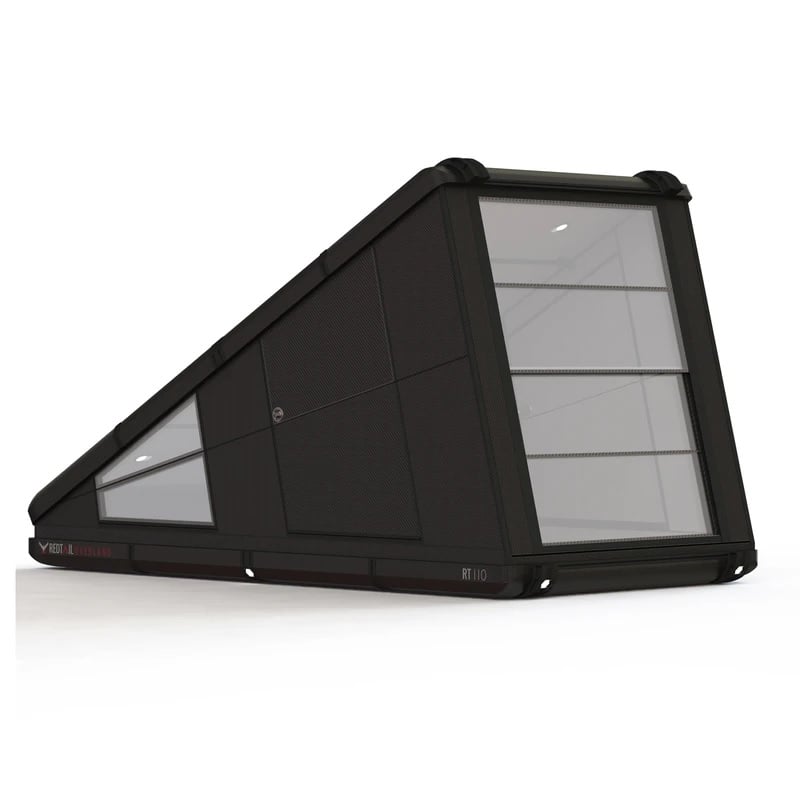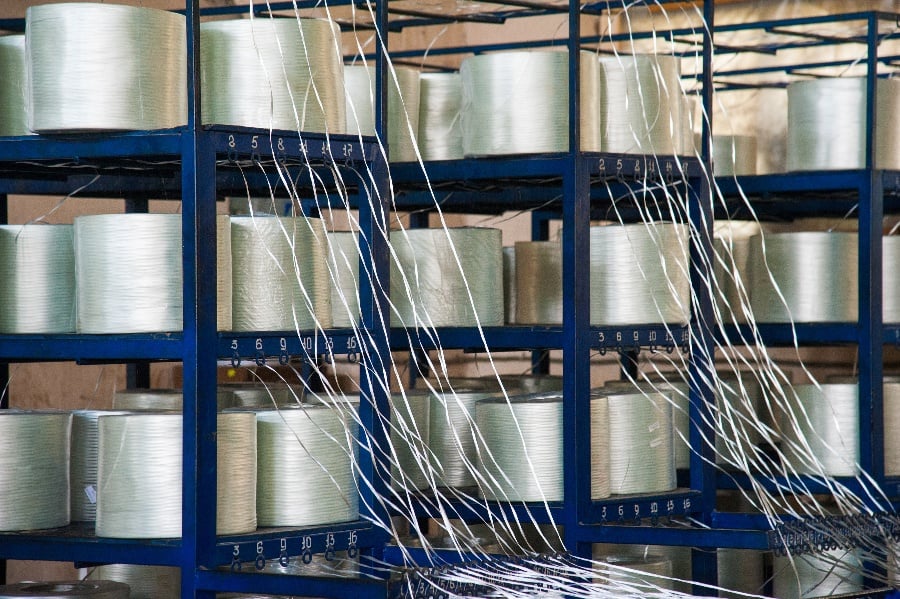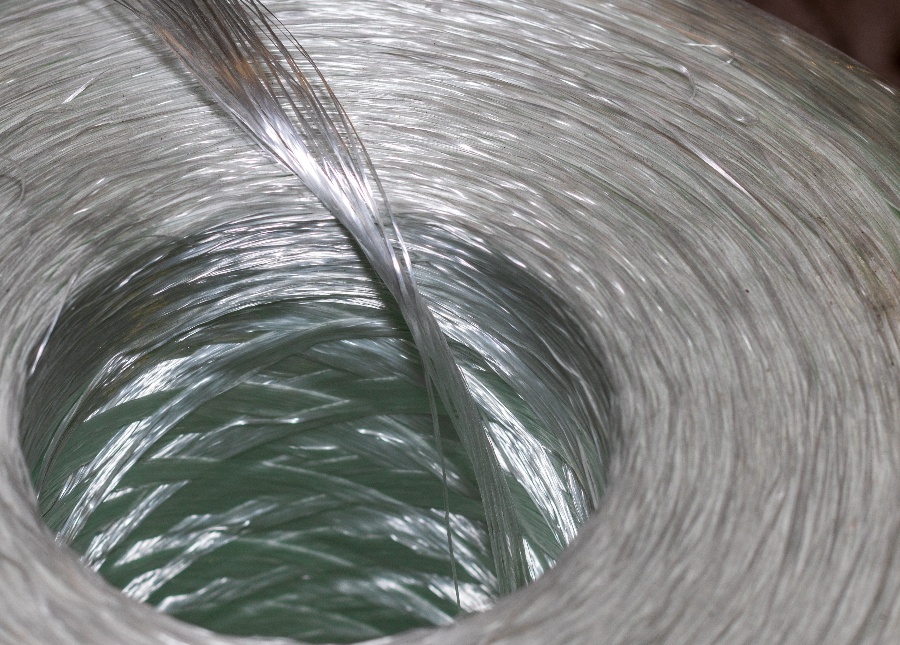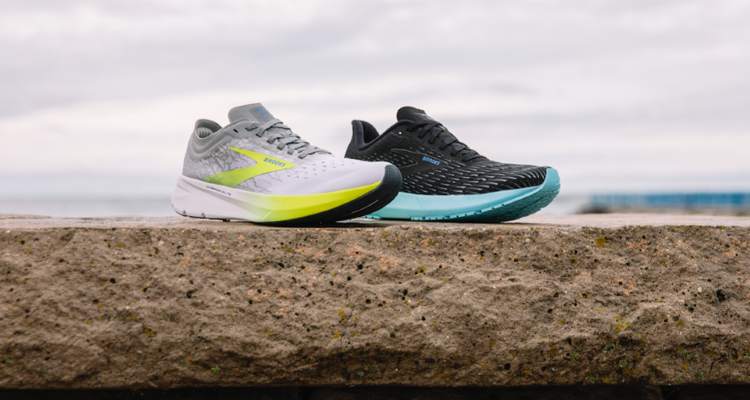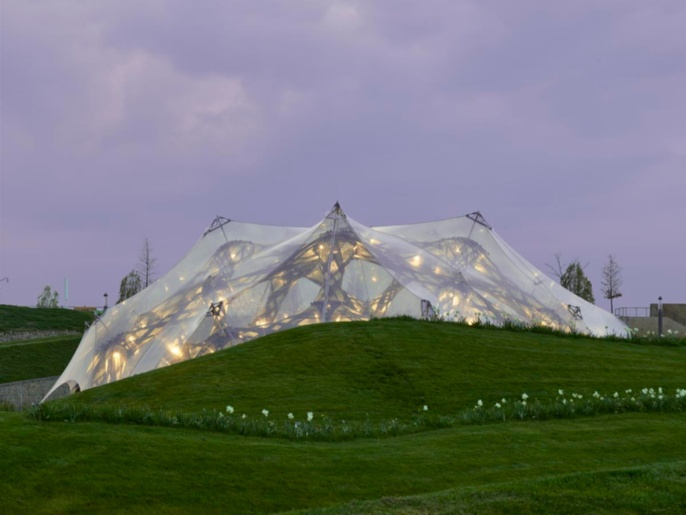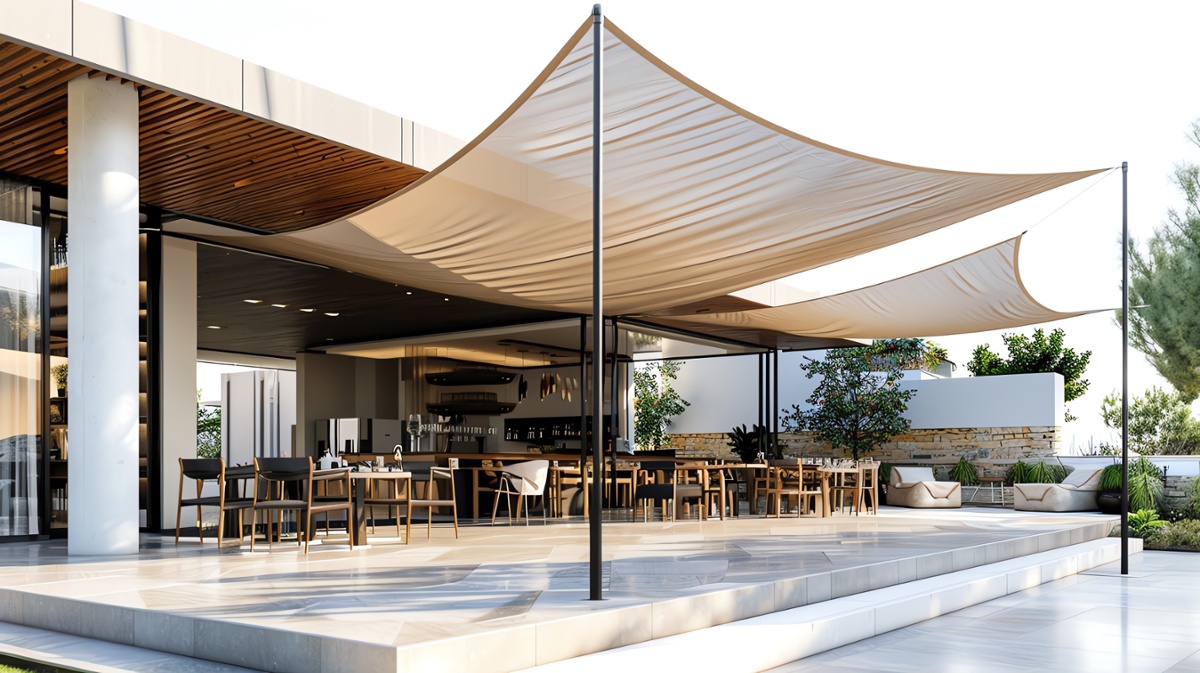
In recent years, Formula One and other car races have come under fire for wasting valuable resources and being bad for the environment. While we can’t attest to the fuel consumption of these super-fast vehicles, we do know that some actions have been taken to make Formula One race cars more eco-friendly.
For instance, Fiber Reinforced Polymer (FRP) composites like carbon fiber have been used to build lightweight race cars for a while now.
However, McLaren has taken things to the next level by developing an eco-friendly flax fiber seat for their Formula One cars.
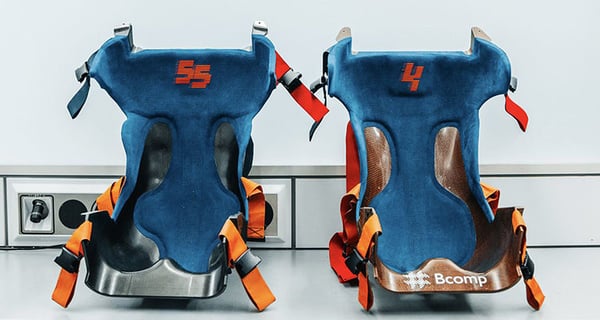 Picture Credit: Composites Manufacturing
Picture Credit: Composites Manufacturing
Sustainable Comfort
Using flax fibers to create FRP composite material for race car seats is ingenious. Cost-efficient and sustainable, these eco-friendly seats offer enough strength and stiffness to counteract vibrations for a more comfortable ride.
The low density and high stiffness levels of flax fibers improve other aspects of the vehicle’s performance as well including compression, damping, and torsion. The seat can do all of this while still allowing the car to hit race-winning speeds.
Taking inspiration from the previous carbon fiber seats, the flax fiber composite seats were built up after reverse-engineering the old seat models. Using powerRibs designed by Bcomp and woven flax fiber structures created by ampliTex, this new eco-friendly seat matches the performance of the old carbon fiber version.
The main difference is that the new flax fiber seat produces a CO2 footprint that is 75% lower than the carbon fiber unit.
To go a step further, the biodegradable flax fibers can eventually be recycled and used in other applications. While there is no word on whether or not bio-based resins were also used during the pultrusion process, this is McLaren’s first step in creating greener race cars.
The ultimate goal is to enhance the vehicle’s performance while also reducing the negative impact that the production process has on the environment.
The Pultrusion Process
While flax fibers and bio-based resin are more environmentally-friendly, the pultrusion process in general, is already much more efficient than conventional manufacturing. It all starts with a bundle of fiber known as rovings. After being pulled through a liquid resin bath and impregnated with even more liquid resin, the rovings are cast in a mold and cured.
What makes this process so much more environmentally friendly than conventional metal manufacturing is that it requires a lot less heat. This means that the pultrusion process uses significantly less water to cool down the machinery.
While rain does tend to fill our lakes, rivers, and reservoirs back up, that water is not new. It has been recycled by our planet through the evaporation-precipitation-condensation cycle. Keeping that in mind, conserving the amount of water that is needed to manufacture any type of product is essential to the environment.
Furthermore, our pultrusion process emits less pollution, produces less waste, and requires much less energy.
With wood, aluminum, and steel, there will be shavings and chips left behind from the manufacturing process. Essentially useless, these waste materials have nowhere to go except to a landfill. With pultruded products, all of that can be avoided.
Eliminating Toxic Chemicals
Another issue that environmentalists have with wood and metal manufacturing is toxicity and deforestation. While water and heat are indirect affronts to the planet, toxic chemicals and cutting down entire forests are direct issues that affect our world in real-time.
Let’s discuss toxic chemicals first. Metalworking facilities emit extremely toxic fumes into the air including carbon dioxide. This is one of the biggest villains that conservationists battle against in the effort to reduce greenhouse gases.
Other toxic chemicals used in wood manufacturing can also leach into the groundwater. An example of this can be seen with water-resistant sealants or fire-resistant coatings for wood products. However, these chemical sealants and coatings do not last forever.
As the wood is subjected to moisture or heat, the chemicals begin to seep into the ground, polluting our water sources. Since FRP composites are resistant to moisture and thermal damage, there is no worry about toxins leaking into the earth.
While wood is technically a renewable resource, it can take decades for sapling trees to mature. Deforestation has not only led to the loss of habitats for many creatures, it has even caused the extinction of many animals. With pultruded products, animals (or trees) are not harmed during the production process.
Sustainable Products
One other major factor that benefits the environment is that pultruded products can last much longer than their metal and wood counterparts. They don’t even require much (if any) maintenance.
Without chemical coatings, wood products tend to warp, rot, and decay relatively quickly. Even with moisture-resistant sealants, most wood products will begin to degrade after 20 years.
Meanwhile, steel can last in construction applications for 35 to 52 years, and aluminum will hold on for about 40 years. Compare those numbers to the life span of FRP composite products.
Pultruded products can last for up to 80 years without any maintenance. Not only is this great news for the construction and infrastructure industries, but it is also beneficial for the environment. It means that there is less waste and fewer production runs.
Customizing Pultrusions with Tencom
While our pultruded rods, tubes, poles, and other products are naturally resistant to water, heat, electricity, impact, and the forces of nature, there are a few enhancements that we can make during the pultrusion process to optimize these characteristics. The best part is that all additives are injected into the rovings during the manufacturing process. We do not use chemical coatings or sealants.
Other customization options include colorants, pre-drilling, and pre-cutting. For custom colors, we add the pigments to the resin mixture so that the color is inside the product.
That means there will be no need to touch up a paint job in two years. As for pre-cutting and pre-drilling, these actions can be taken to make the assembly/installation process easy on your crew.
Want to learn more about eco-friendly products? Contact us today!




